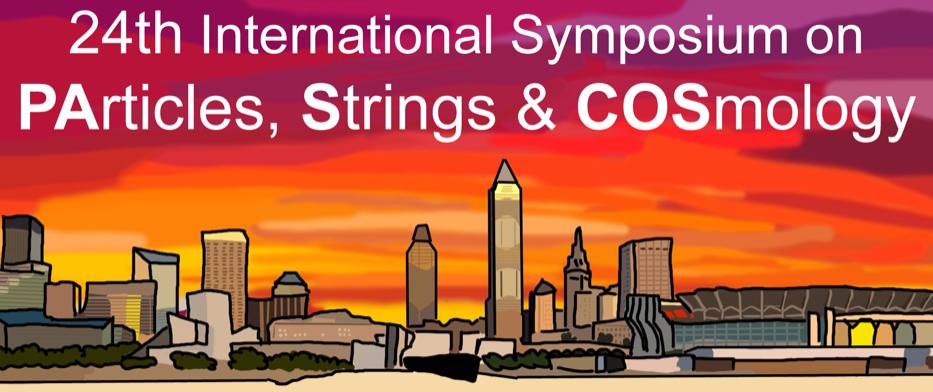Speaker
Description
We discuss a cosmological phase transition within the Standard Model which incorporates spontaneously broken scale invariance as a low-energy theory. In addition to the Standard Model fields, the minimal model involves a light dilaton, which acquires a large vacuum expectation value (VEV) through the mechanism of dimensional transmutation. Under the assumption of the cancellation of the vacuum energy, the dilaton develops a very small mass at 2-loop order. As a result, a flat direction is present in the classical dilaton-Higgs potential at zero temperature while the quantum potential admits two (almost) degenerate local minima with unbroken and broken eletroweak symmetry. We found that the cosmological electroweak phase transition in this model can only be triggered by a QCD chiral symmetry breaking phase transition at low temperatures, T ≈ 132 MeV. Furthermore, unlike the standard case, the universe settles into the chiral symmetry breaking vacuum via a first-order phase transition which gives rise to a stochastic gravitational background with a peak frequency ~ 10-8 Hz as well as triggers the production of approximately solar mass primordial black holes. The observation of these signatures of cosmological phase transitions together with the detection of a light dilaton would provide a strong hint of the fundamental role of scale invariance in particle physics.




